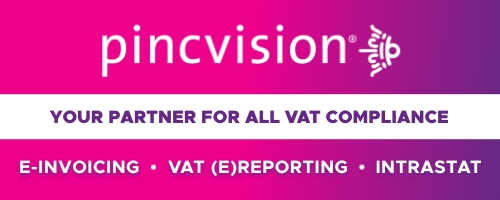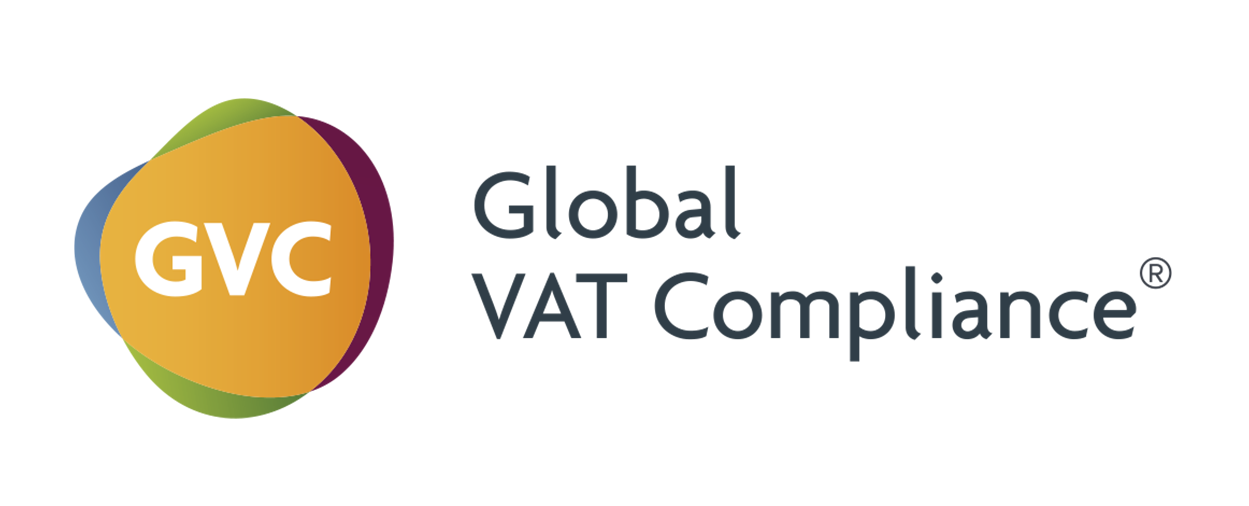Last update: April 11, 2024
Implemented
- Saudi-Arabia – Starting December 2021, still expanding
- Mandatory B2B and B2G e-Invoicing and B2C e-Reporting are being implemented.
- The implementation is divided into two phases:
- Phase 1: Generation Phase – Mandatory adoption of invoice generation model starting from December 4, 2021.
- Phase 2: Integration Phase – Mandatory adoption of the pre-clearance model starting from January 1, 2023. The phase is divided into waves based on taxpayers’ revenue thresholds.
- The pre-clearance model requires the use of mandated formats: UBL 2.1 or PDF/A-3 with embedded UBL 2.1.
- Integrity and authenticity requirements include a Universally Unique ID and secure hash value. The e-invoices must have a cryptographic stamp (e-signature from ZATCA) for validation, which is included in the QR code display.
- Strict archiving requirements must be followed.
- Timeline of the E-Invoicing implementation in Saudi Arabia
- Egypt – As of November 2020, mandatory for all companies in April 2023
- B2B/B2G e-invoicing is now fully mandated for all taxpayers in Egypt.
- Implementation is set to be completed by 2023. The transition to e-invoicing was announced, with the first group of 134 companies being required to use e-invoices. Subsequently, more companies were mandated to switch to e-invoicing.
- Egypt has implemented a pre-clearance model for e-invoicing. Businesses are required to submit their electronic invoices to the tax authorities for verification before sending them to the recipient.
- Electronic invoices in Egypt can be in either JSON or XML formats.
- Each invoice must have a unique identification code known as a Unique Universal Identifier (UUID).
Planned
- Israel
- The implementation of e-Invoicing for B2B tax invoices issued between private dealers in Israel.
- The implementation is phased based on the net amount of the invoice, starting as of May 5,2024 for invoices amount higher than NIS 25.000 (ca. EUR 6.100) before VAT. Next phases till 2028
- The implementation follows a centralized clearance model.
- Taxpayers exceeding the thresholds will be required to request an “Allocation Number” through the API or web portal of the Israeli Tax Authority (ITA) system.
- The taxpayer will then need to include this allocation number in the tax invoice for it to be considered valid for tax purposes.
- Timeline of the E-Invoicing implementation in Israel
- Oman
- The e-invoicing mandate will start as a voluntary initiative in April 2024
- It will become mandatory for large entities operating in the country from October 2024
- Technical details of the mandate have not been disclosed yet
- There is a possibility that Oman will adopt a pre-clearance model, similar to Saudi Arabia.
- Timeline of the E-Invoicing implementation in Oman
- United Arab Emirates
- The Federal Tax Authority is preparing for the introduction of B2B and B2G e-invoicing in the UAE, with plans to explore B2C transactions in the future.
- The launch will follow a timeline with the issuance of draft technical requirements and ASP process in Q3 2024, introduction of e-invoicing legislation in Q2 2025, rollout strategy in December 2025, and Phase 1 go-live in July 2026.
- In the UAE, the electronic invoice system is referred to as the “E-Invoicing System.” It will cover B2B and B2G transactions, adopting the A S-E0FNEF model known as DCTCE.
- The implementation will leverage Peppol PINT specifications to ensure seamless integration.
Other
- Bahrain
- The National Bureau for Revenue (NBR) of Bahrain has been actively planning to introduce e-invoicing in the country.
- Who:
- Businesses registered for VAT and any third parties issuing tax invoices on behalf of other taxable persons will need to comply with e-invoicing requirements once implemented.
- The specific requirements may vary based on factors such as the nature of the business, annual value of supplies, and the number of transactions. The NBR may adopt a phased approach, with larger businesses or specific industries required to comply first.
- Scope
- Businesses registered for VAT and any third parties issuing tax invoices on behalf of other taxable persons will need to comply with e-invoicing requirements once implemented.
- The specific requirements may vary based on factors such as the nature of the business, annual value of supplies, and the number of transactions. The NBR may adopt a phased approach, with larger businesses or specific industries required to comply first.
- Jordan
- The Income and Sales Tax Department (ISTD) in Jordan has taken significant steps toward modernizing its financial landscape by launching the Jordanian electronic national invoicing system.
- Launch and Joining Stage:
- On December 18, 2022, the ISTD officially launched the Jordanian electronic national invoicing system.
- The system aims to facilitate the joining stage for companies and establishments, allowing them to participate in the national invoicing program network.
- Applicability:
- E-invoicing applies to businesses registered for VAT and any third parties issuing tax invoices on behalf of other taxable persons.
- The specific requirements may vary based on factors such as the nature of the business, annual value of supplies, and number of transactions.
- Implementation Timeline:
- While no formal implementation timeline has been announced, we expect e-invoicing in Jordan to be implemented within the next 18 months.
- The system is likely to follow the Saudi model, where taxpayers first send and receive electronic invoices before moving to a model involving government pre-clearance.
- Technical Requirements: Specific technical requirements will be announced by the ISTD in due course.
- E-Invoicing/Real Time Reporting – What can you find on VATupdate.com
- See also Worldwide Upcoming E-Invoicing mandates, implementations and changes – Chronological
- Join the Linkedin Group on Global E-Invoicing/E-Reporting/SAF-T Developments, click HERE














